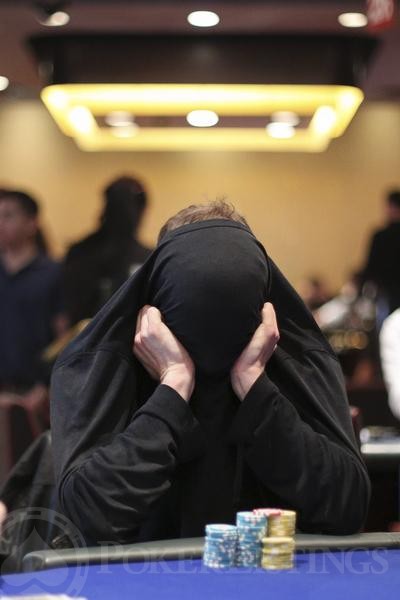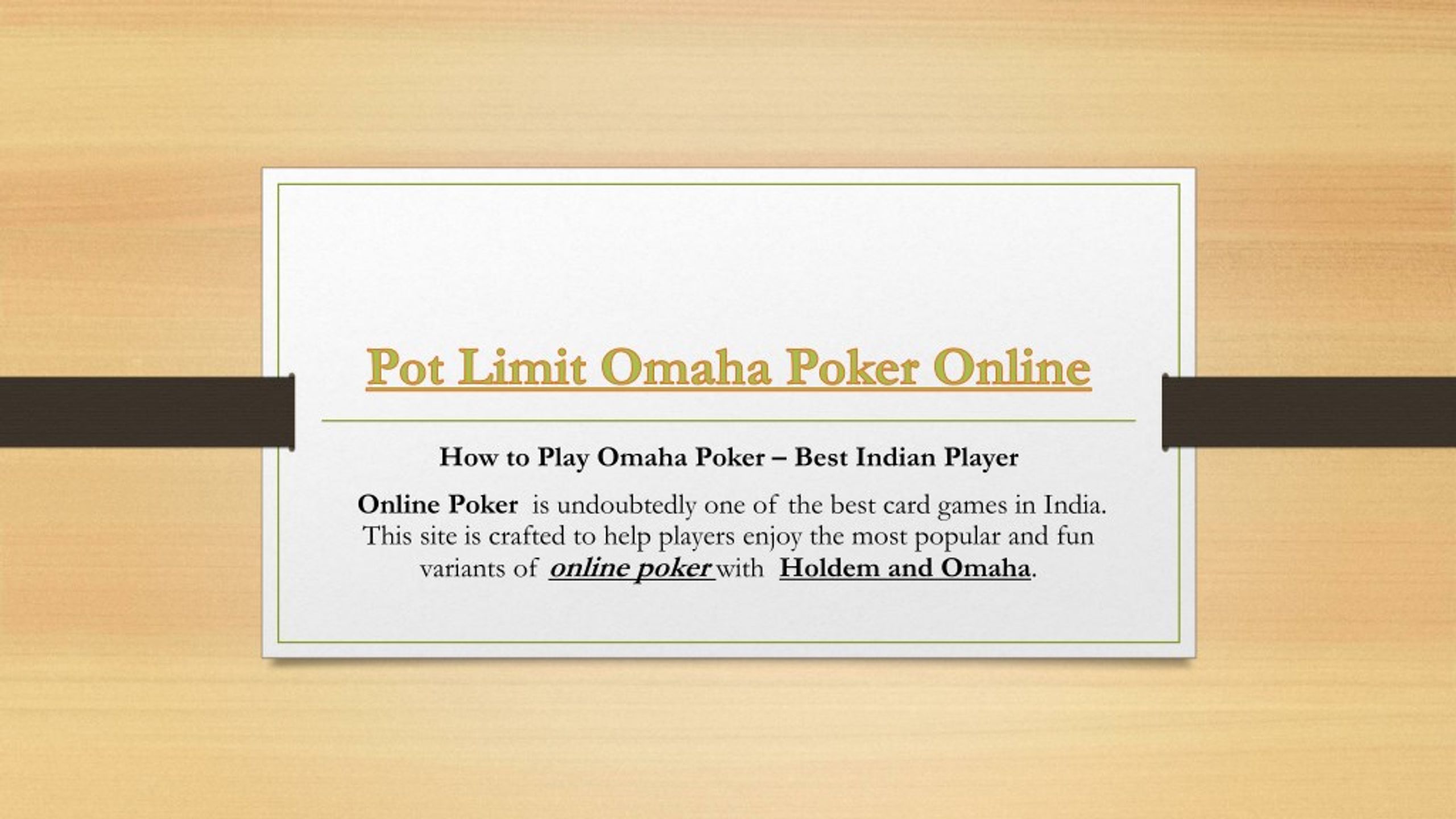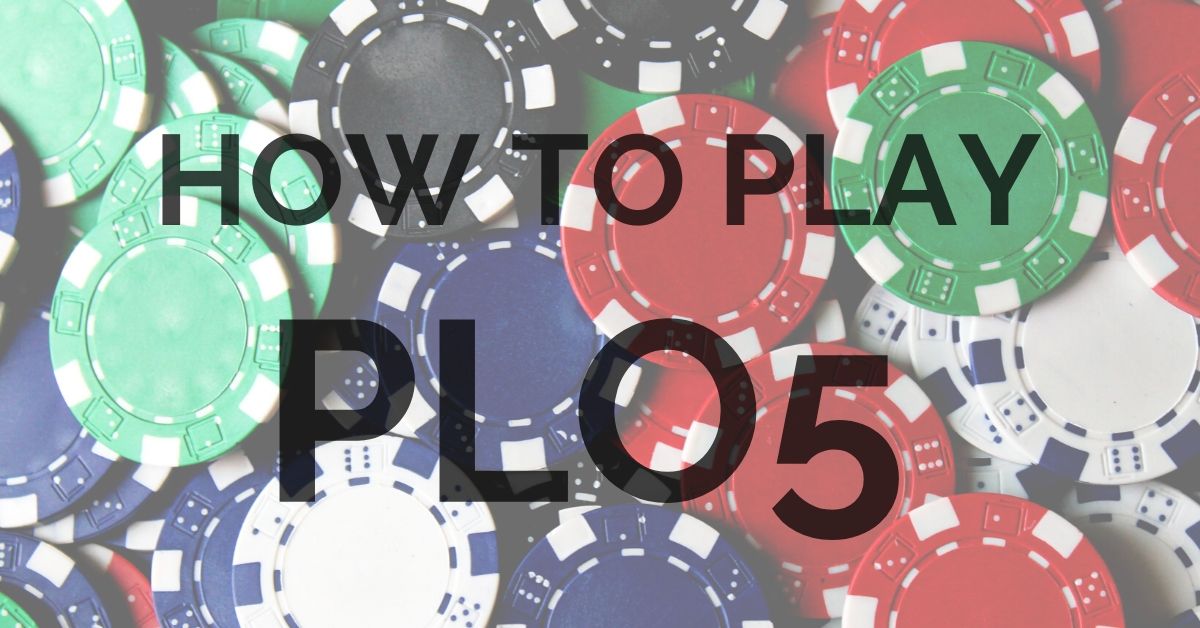How To Play Pot Limit Omaha
a parade of armless war vets, and the Liberty Bell.'
-- Bo Belinsky
- Pot Limit Omaha Chart
- How To Play Plo Poker
- How To Play Pot Limit Omaha Poker
- How To Play Plo Omaha
- How To Play Pot Limit Omaha Hi Low
Pot-limit and no-limit versions of Omaha hi-lo are also popular, especially online either as cash games or tournaments. How to Play Omaha Hi-Lo Split-8-or-Better Poker The basic rules for Omaha hi. Perhaps the most popular form of Omaha poker is Pot-Limit Omaha, which is played by all the best high-stakes pros and is a super fast, super fun action game played at all stakes. The trickiest part of learning to play Pot-Limit Omaha is figuring out how to calculate what your pot-size bets and raises can be on each street. In Omaha Poker Rules, players will find that the maximum bet would be two times the amount to call plus the pot. The minimum bet has to be equal to the bet of the previous poker player. For example, a player bets a minimum of ₹200 if there is no prior action in the previous betting round and the size of. Fixed limit Omaha: With fixed limit Omaha, a pot can only be raised a maximum of four times and the bet or raise must be equal to the size of the blinds. Betting is in pre-determined, structured amounts. No limit Omaha: No limit Omaha is the most aggressive variant available. The minimum bet in no-limit is the same as the size of the big blind.
A newsgroup discussion about Pot Limit Omaha High once started by Peter Lizak writing: 'I would rather play AKQJ over AA24. AA kinda sucks alone. It needs back up. Think of it like chess. The queen is powerful, but you don't shove her into enemy territory without support.'
My view is if a player would rather play AKQJ for all his chips head-up, then he needs to hit the lottery quick. Full table Pot Limit Omaha is not primarily about cards. It is first and foremost about position, position, position. If the chips are deep, position renders everything else trivial. If the chips are not deep, you want to get all-in or close to it before the flop with AAxx. You are a significant dog to nothing, besides a dominating other AA hand, and a good favorite over most.
Raising first under the gun with AAxx is suicide, not because AAxx is bad, but because raising under the gun in PLO is normally foolish with any hand. Limp and reraise if the chips are short and you can get all-in. If the chips are deep you should either limp/fold or limp/call, with an understanding that the weaker the opponent, the more likely you would call. When playing opponents who are more likely to foolishly dump chips post-flop while drawing near dead, the more hands you can call with.
If you are playing with players in the same skill ballpark as you, the biggest reason to play hands out of position in PLO is to encourage other people to play out of position. That is really and truly the main reason. Sure, sometimes you will get lucky and make powerful hands out of position, but that is just random luck, not a good overall strategy. You want to play for a limp, or limp/fold, and only rarely limp/call... while they limp and call your raises when you are in position. If you limp and are allowed to see the flop cheaply, then you just play poker with the hand you flop -- which should be a strong one since you should not play weak hands out of position, nor play after the flop without a clear favorite hand.
If you are playing against opponents much weaker than yourself, then you can play more hands out of position and play them more aggressively than against stronger players, but still, even against very weak opponents your edge will be far greater when you are in position versus out of position.
PLO played with limited buy-ins online is very different than when played with no restriction on stack size in casinos. Buy-in limits prevent players from playing the normally sensible way to play when there are no restricted buy-ins, which in short is to buy yourself a big stack of chips. Capped buy-in amounts require you to begin games by playing small stack PLO (until you win your way to a big stack). In that way, AAxx is generally a better hand with limited buy-ins, since any pot size reraise will often be over half your stack.
There are even more complications online, as some games have higher restricted buy-ins than others. And, you may be in a game with a bunch of short stacks, or the opposite, you could be in a game where everyone has more than the minimum buy-in. Or, you may be in a 6-handed game instead of a nine or ten-handed game. It is very hard to generalize about PLO games online, other than to say that in general the level of play is poor, with people playing from out of position all the time, and even worse, being inattentive while out of position because they are playing several games at once.
But again, assuming deep stacks, PLO is position and betting. A solid player who understands the game and has deep chips, can play 3579 in position and eat up AAKK, while also playing AAKK in position to eat up 3579.
Most any decent hand can eat up a better hand that is out of position.
If someone wants to make a pot raise under the gun with AAKK or AAJT, I'll play almost any hand against them if we have deep chips -- especially if I can put the player on AA with great confidence. The player in position will generally lose small pots and win much bigger ones. This is why you can't get good PLO games with only quality players. They become pointless. You need players playing out of position for a lot of chips for the game to exist. Fortunately such players can be found in abundance online, as most games will have horrible players raising first under the gun with a wide selection of hands, constantly putting themselves at a disadvantage to anyone who calls or raises behind them.
In that newsgroup thread, another person then wrote that in a multiplayer pot you can get more out of the AKQJ, and that such multiplayer pots weaken AA42 quite a lot.
I replied that this was not saying much, unless we know specific hands, and the position of those hands. AKQJ offsuit is a lame hand multiway when AA is also out, and more so when you have other big card players in the pot. The Broadway straight is the #1 sucker hand of PLO where people get freerolled for all their chips. Also, a hand like AdKdQJ is not great because you have the key payoff card that you want in an opponent's hand, the K of diamonds. (When you make an Ace-high flush you want the person with a King-high flush in the pot. You will be able to get larger bets out of that player than one with a Queen-high flush or a nine-high flush.)
Pot Limit Omaha Chart
AAxx should be looking to play pots headup, via a pot raise in position or a pot reraise out of position. If it can't manage one of these scenarios it should commonly be limped before the flop, then folded when the flop misses. If you do see a flop out of position for a limp multiway, AAxx is vastly superior to AKQJ because the way AA will hit the flop is either an Ace, or a nut flush draw with a small pot. In either case you are in fine shape. AKQJ hits sucker flops, two pair against sets, straights against the same straights with flush outs. Only very rarely will you have the best freeroll with the nut straight and top two pair, and that is only four outs. A suited ace, flopping the Broadway straight and having the nut flush draw, there you have a hand, and it rarely comes along!
Even more than No Limit Hold'em, Pot Limit Omaha is a card game that is only a little about cards. Personalities, chip stack size and table position dictate play much more than the spots on the cards.
***************
In response to emails I thought I better clarify a few things... In a full game, three off the button is in position; in a six-handed game, three off the button is first to act! These situations are not similar. The less players, the more blinds you have to pay, so the impact of the blinds on your play will be greater, as it will on other players too.
You make money in poker by playing when you have a positive mathematical expectation. The weaker the players, the more often you will be able to get a positive expectation... so you can limp with more hands, bluff more hands from both out of position and in position, play more hands out of position for a raise, raise with weaker hands, etc.
A winning PLO player may be able to win from every seat at the table, but generally when out of position you should be playing smaller pots before the flop, while in position you want to be looking for pots to play for all your chips, while ALSO doing what is the core principal of winning poker: achieving and identifying when you have a mathematical advantage over your opponents. This can be from having position, from a liveone being drunk, from an opponent misreading a hand or a lot of other things. Your win rate from the button should be highest of any position, and the seat next to the button should be the next most profitable. The key to PLO is position, but the key to all poker is to play when the math is on your side.
 See also Omaha Hand Equity
See also Omaha Hand EquityThe Basic Rules of Pot Limit Omaha (PLO)

Omaha is a poker variant in which each player is dealt four “hole” cards (cards that the other players can’t see) and then share a five card board. It is similar to Hold’em in its play, with flop, turn, and river cards dealt in succession on the board, interspersed with betting rounds. The most common betting structure for Omaha is Pot Limit, in which players can only bet the size of the pot, including their call.
The play begins with each player being dealt four cards. Unlike Hold’em, players must play exactly two cards from their hand and exactly three from the board. Hand rankings are the same in Omaha and Hold’em, with a high card being the worst and a royal flush the best possible hand.

In PLO, the play starts with a small and big blind, which rotates each turn. The first player after the big blind (Under the Gun – UTG) may fold, call the big blind, or raise up to the “pot limit.” If the blinds are $1 and $2, the UTG player can bet up to $7. Things then get a little tricky. The second player can now fold, call the $7 or bet up to $24. This betting structure takes a while to get used to. See our How to Calculate Pot Limit article for more examples. When in doubt, if you would like to bet the maximum, you can always announce that you bet “pot” and the dealer will figure out the amount for you.
Note that starting hand values are quite different than in Hold’em, so you’ll want to familiarize yourself with these differences before playing Omaha. The “Advice” button in our PLO simulator can help you with this.
How To Play Plo Poker
Hand equities run much closer together in Omaha, and thus more players will generally stay to see the flop than in Hold’em. With the ability to select the best two of a four card hand, winning hands in Omaha also tend to be quite strong. Single pairs and two pairs are rarely likely to take down the pot, and players should be drawing to nut straights and flushes if they decide to draw.
How To Play Pot Limit Omaha Poker
As you might imagine, Omaha pots can grow quite big, and with pre-flop hand equity advantages rarely larger than 60% variance swings in PLO can be big as well. The PLO player will need a larger bankroll than the typical No-Limit Hold’em player for that reason.



